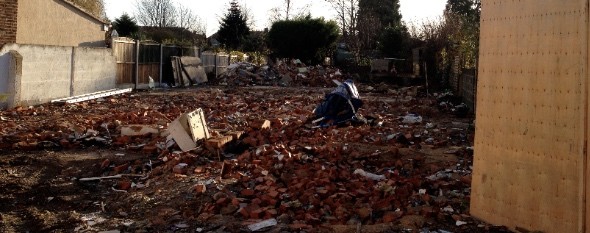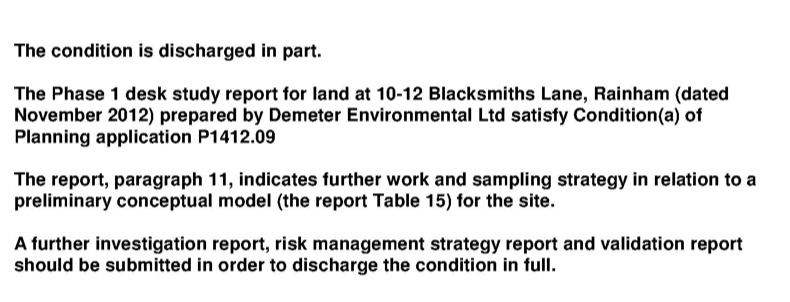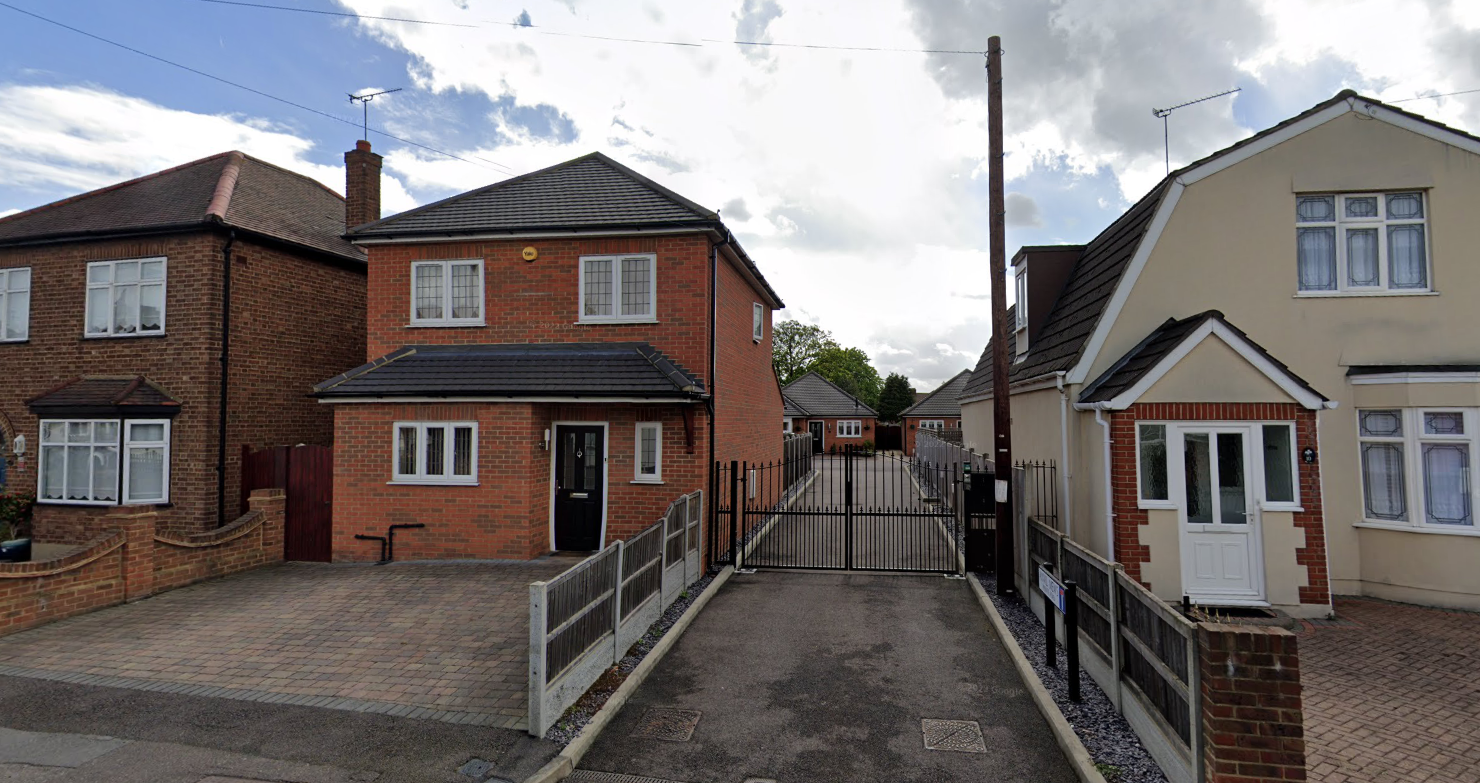Replacement Dwelling, Rainham, Essex
Case Study Reference: 12-11-06
Planning Authority: London Borough of Havering
Planning Reference: P1412.09 and Q0304.12
Synopsis:
Given the sensitive nature of the development (residential) and the history of the site a contaminated land planning condition was attached to the decision notice for the proposed development.
The first stage of discharging the condition was to prepare a Phase I desk study report in order to determine if the site has the potential to be impacted by elevated levels of contamination, and to determine the source as well as the likelihood of the risk occurring.
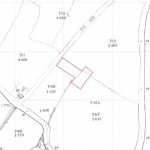 A desk study determines what issues relating to historical contamination may affect the site, this is undertaken by reviewing the site history using a combination of O.S. maps, aerial, plates and street level imagery, a review of data held by regulatory bodies (Environment Agency, local authority, BGS etc.) as well as a site walkover survey.
A desk study determines what issues relating to historical contamination may affect the site, this is undertaken by reviewing the site history using a combination of O.S. maps, aerial, plates and street level imagery, a review of data held by regulatory bodies (Environment Agency, local authority, BGS etc.) as well as a site walkover survey.
The history of the site and surrounds were researched using a combination of Ordnance 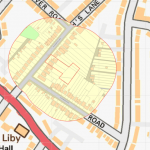 Survey (O.S.) maps, street level imagery and aerial plates, this revealed that the site was initially open land with a small pond on the south western corner of the site. BY 1938 the site had been developed and a pair of semi detached dwellings were present.
Survey (O.S.) maps, street level imagery and aerial plates, this revealed that the site was initially open land with a small pond on the south western corner of the site. BY 1938 the site had been developed and a pair of semi detached dwellings were present.
A number of excavations, ponds and a gravel pit were noted within 250m of the site.
The planning history of the site was reviewed, no salient information was obtained.
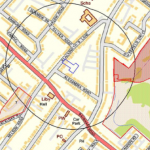 The published geological maps identified the site as being underlain by the Taplow Gravel formation which in turn was underlain by London Clay.
The published geological maps identified the site as being underlain by the Taplow Gravel formation which in turn was underlain by London Clay.
Data provided by regulatory bodies identified a number of heaps as well as a pond and a gravel pit. Data provide by the Environment Agency also identified landfills to the east and south west of the site.
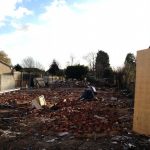 On completion of the desk based research a site reconnaissance
On completion of the desk based research a site reconnaissance 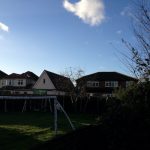 visit was undertaken, this confirmed the one of the building had been demolished. During the site visit the soils were exposed at a number of locations indicating made ground was absent on the site.
visit was undertaken, this confirmed the one of the building had been demolished. During the site visit the soils were exposed at a number of locations indicating made ground was absent on the site.
Once the walkover survey was completed a qualitative risk assessment was undertaken on the potential sources of contamination identified in the desk study report in order to determine if any warranted further investigation, this concluded that made ground on the site and the landfills in close proximity to the site warranted further assessment.
The report concluded that the incorporation of gas protection measures and removal od made ground form garden and landscaped areas will be sufficient to break any potential pollution linkages.
The report was submitted (Q0304.12), the deciosn notice confirming the recommendations of the report have been accepted.

